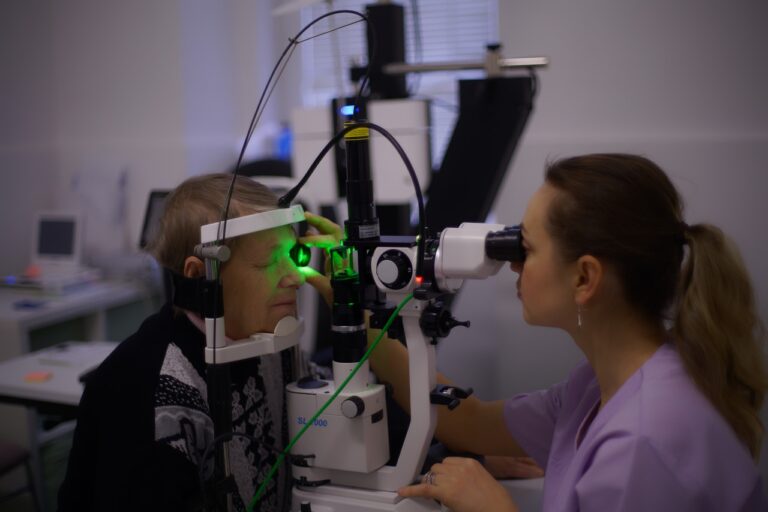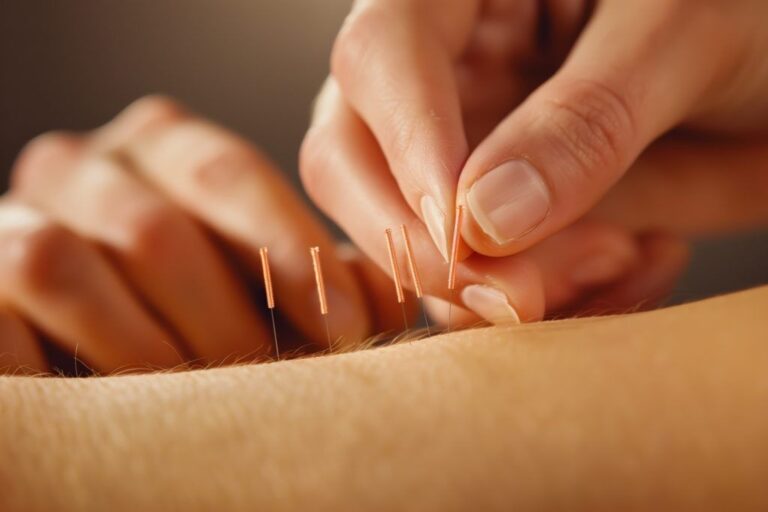The Potential of Gene Therapy for Duchenne Muscular Dystrophy: Correcting Dystrophin Mutations
Duchenne Muscular Dystrophy is a genetic disorder characterized by progressive muscle degeneration and weakness. It primarily affects boys, with symptoms typically appearing in early childhood. As the condition advances, individuals with Duchenne Muscular Dystrophy may experience difficulty walking, climbing stairs, and performing everyday tasks.
The genetic mutation that leads to Duchenne Muscular Dystrophy prevents the body from producing enough dystrophin, a protein crucial for maintaining muscle integrity. Without sufficient levels of dystrophin, muscle cells become susceptible to damage and degeneration over time. This results in the weakening of skeletal and cardiac muscles, impacting mobility and overall physical function.
• Duchenne Muscular Dystrophy is a genetic disorder that primarily affects boys
• Symptoms usually appear in early childhood
• Individuals may experience difficulty walking, climbing stairs, and performing everyday tasks
• Genetic mutation leads to insufficient production of dystrophin protein
• Lack of dystrophin makes muscle cells prone to damage and degeneration
• Weakening of skeletal and cardiac muscles impacts mobility and physical function
Understanding the Role of Dystrophin in Muscle Function
Dystrophin is a critical protein that plays a crucial role in maintaining the structural integrity of muscle fibers. This protein is part of a complex structure that connects the inner cellular cytoskeleton to the extracellular matrix, providing stability and support during muscle contractions. Without dystrophin, the muscle fibers become more susceptible to damage and degeneration, leading to the progressive weakening and loss of muscle function seen in Duchenne Muscular Dystrophy (DMD).
In addition to its structural role, dystrophin is also involved in signaling pathways that help regulate muscle growth and repair. It interacts with various proteins and enzymes within the muscle cells to coordinate the response to injury, inflammation, and exercise. The absence or dysfunction of dystrophin in individuals with DMD disrupts these signaling mechanisms, hindering the normal processes of muscle regeneration and contributing to the characteristic muscle wasting and weakness observed in this disorder.
Challenges in Treating Duchenne Muscular Dystrophy
Recent advancements in research have shed light on the complex challenges involved in treating Duchenne Muscular Dystrophy (DMD). One of the primary hurdles is the need to address the genetic mutations that cause the absence of dystrophin, a critical protein for muscle function in individuals with DMD. Developing therapies that effectively restore or replace dystrophin remains a key focus for researchers and pharmaceutical companies alike.
Another significant challenge in treating DMD lies in the progressive nature of the disease, which leads to muscle degeneration over time. This requires a comprehensive approach that not only targets the underlying genetic cause but also addresses the symptoms and complications that arise as the condition advances. Moreover, the diverse clinical manifestations of DMD in different individuals pose a further obstacle to developing personalized treatment strategies that can cater to the specific needs of each patient.
What is Duchenne Muscular Dystrophy?
Duchenne Muscular Dystrophy is a genetic disorder characterized by progressive muscle weakness and degeneration.
What is the role of dystrophin in muscle function?
Dystrophin is a protein that helps strengthen and protect muscle fibers. In individuals with Duchenne Muscular Dystrophy, dystrophin is either missing or not functioning properly, leading to muscle weakness.
What are some of the challenges in treating Duchenne Muscular Dystrophy?
Some of the challenges in treating Duchenne Muscular Dystrophy include finding effective treatments to slow down disease progression, managing the symptoms and complications of the disease, and addressing the emotional and psychological impact on patients and their families.
Are there any treatments available for Duchenne Muscular Dystrophy?
While there is no cure for Duchenne Muscular Dystrophy, there are treatments available to help manage symptoms and improve quality of life. These may include physical therapy, corticosteroids, and medications to address specific symptoms.
What research is being done to find a cure for Duchenne Muscular Dystrophy?
There is ongoing research focused on developing gene therapies, exon skipping therapies, and other innovative treatments to target the root cause of Duchenne Muscular Dystrophy. Clinical trials are also being conducted to test the safety and efficacy of potential treatments.







